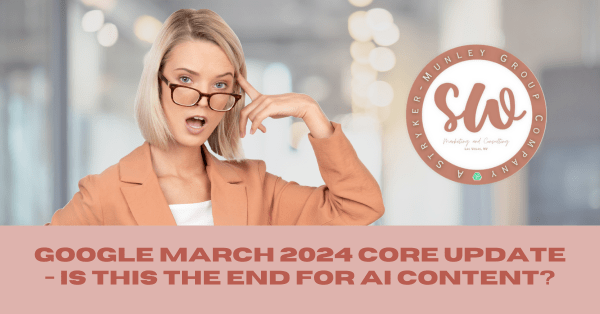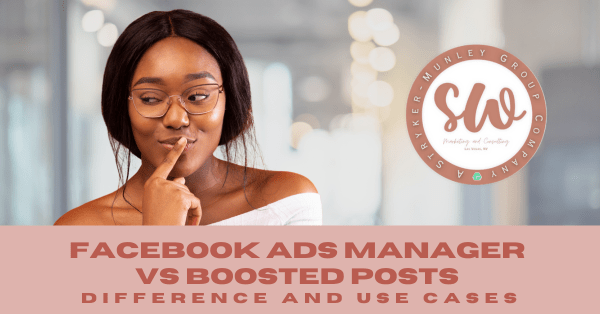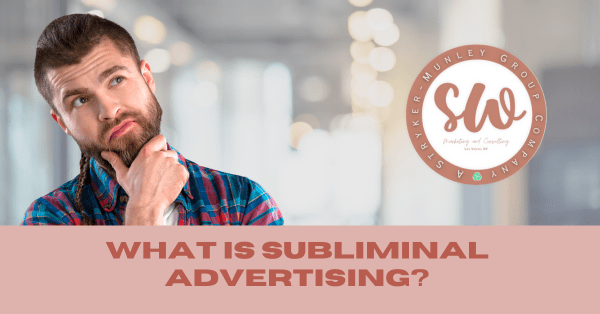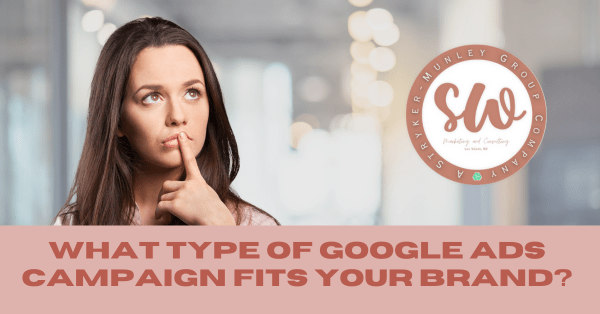What is Affiliate Marketing and How Does It Work?

Affiliate marketing is a performance-based marketing strategy where businesses reward affiliates for driving traffic or sales to their website through the affiliate’s marketing efforts. This practice dates back to the mid-1990s and has since evolved into a crucial component of digital marketing strategies for many companies. In affiliate marketing, affiliates promote a business’s products or […]
Unlock Success in Business with Jessica’s Marketing Lectures
In a world where technique and marketing are the keys to unlocking one’s true potential, Jessica stands out as a beacon of wisdom and experience. With her extensive experience and profound insights in marketing, Jessica offers a unique lecture service designed to ignite minds and drive individuals and organizations toward greater success. Who Is Jessica […]
What Does the 2,500-page Google Leak Means for SEO?

The recent leak of a 2,500-page document detailing Google’s closely guarded algorithm has sent shockwaves through the SEO community. Search rankings, which determine the visibility of websites on Google’s search engine results pages (SERPs), are largely influenced by this algorithm. The leaked information provides an unprecedented opportunity to understand the inner workings of Google’s ranking […]
How To Manage Client Expectations Effectively?

Managing a client’s expectations is an essential part of being a successful digital marketing firm. This is especially true when it comes to long-term processes like search engine optimization (SEO) and inbound marketing. Clients often have high expectations for the results they can achieve through these strategies, and it’s crucial to set realistic goals and […]
How Long Does SEO Take To Work?

Search engine optimization (SEO) is a critical strategy for boosting website visibility, attracting organic traffic, and ultimately driving business growth. However, clients need to have realistic expectations about the time it takes to achieve measurable results. It’s important to understand that SEO is not a quick fix; it’s a long-term strategy that requires patience, consistency, […]
Google March 2024 Core Update – Is this the End for AI content?

Google has recently rolled out its highly anticipated March 2024 Core Update, leaving many website owners, SEO experts and content creators wondering about its impact on artificial intelligence (AI) content. This update has sparked discussions and debates within the digital marketing community, with some speculating that it could mark the end of AI-generated content. The […]
Expert Strategies to Recover from SEO Ranking Drops

Keeping a top-notch SEO ranking isn’t just a goal—it’s vital for digital triumph. However, even the most seasoned SEO veterans can find themselves grappling with the dreaded ranking drops. From over a decade in SEO, I will share strategies to reclaim your prized position at the top of the search engine results pages (SERPs). Plus […]
Facebook Ads Manager VS Boosted Posts – Difference and Use Cases

Facebook offers two primary tools for businesses to promote their content: Facebook Ads Manager and Boosted Posts. While both serve the purpose of increasing visibility and engagement, they have distinct differences and are suited for different marketing objectives. Let’s delve deeper into each and explore their use cases. Facebook Ads Manager Facebook Ads Manager is […]
What is Subliminal Advertising?

Subliminal advertising is a hotly debated topic in the field of marketing and psychology. It is a form of advertising that seeks to influence consumers’ buying decisions without their conscious awareness. The use of subliminal messages in advertising has raised ethical concerns, as it manipulates the human mind in subtle ways. We will explore how […]
What Type of Google Ads Campaign Fits Your Brand?

When it comes to promoting your brand and driving valuable traffic to your website, Google Ads offers a range of campaign types to choose from. Each campaign type has its own strengths and objectives, so it’s important to understand which one is the best fit for your brand. Let’s explore the various Google Ads campaign […]
